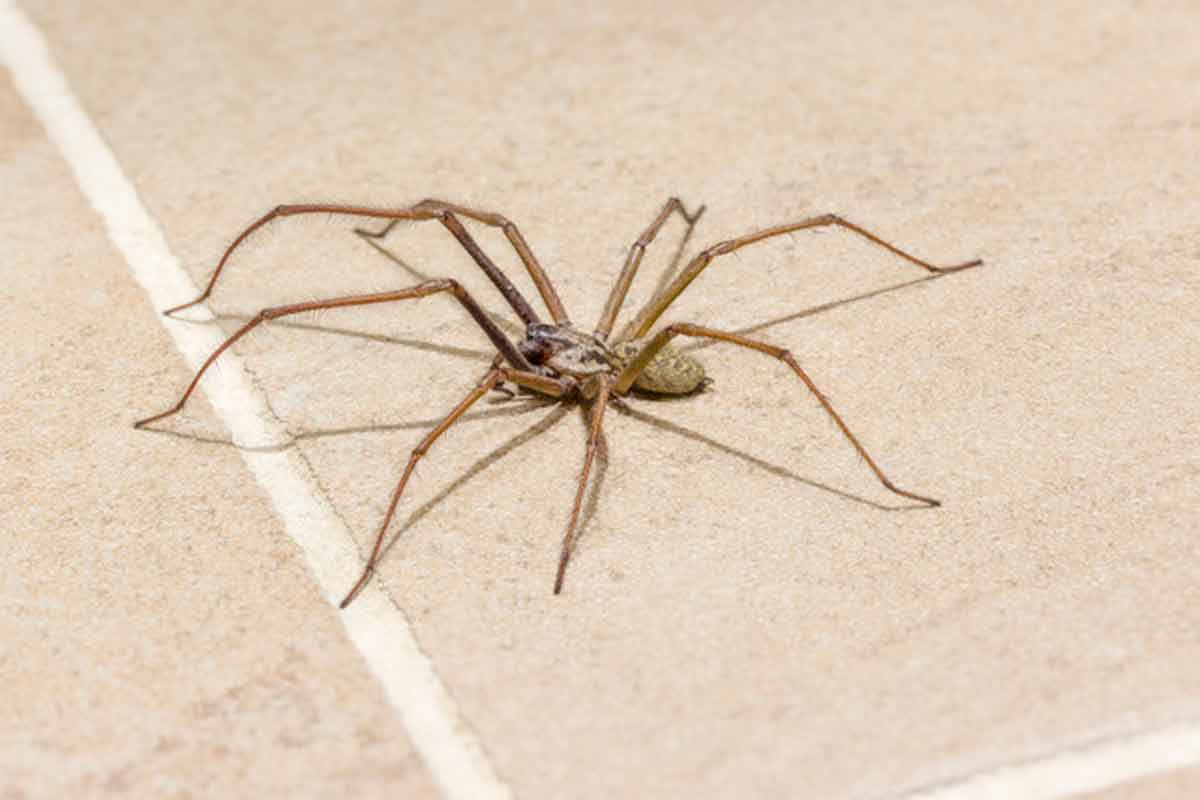I thought I knew every spiders hiding spot in my house, until the art told a different story. Webs returned after every tidy-up, like a running joke I wasn’t in on. Corners, ceilings, window frames—I watched them all, still they slipped past me. The real clue hung on my walls, smiling back in pretty frames.
Where the eight-legged tenants prefer to live
Here’s what I learned from a seasoned pro and too many surprise webs. Spiders adore warm, still pockets. They want darkness, a little dust, and a quiet perch. Canvas wall art offers all three—front, back, and that shadowed sliver near the wall. The space behind a frame feels like a tiny cave. Air barely moves there. Dust settles. That’s pantry and shelter in one place. In mating season, activity spikes indoors. Heat outside, cooler rooms inside, and suddenly your gallery becomes real estate. For a patient hunter, that backboard is prime. Small insects wander in, drawn by dust and light seams. The web goes up, and you’re none the wiser. It’s the classic spiders hiding spot—in plain sight, yet somehow invisible.
How I finally noticed the pattern
I kept blaming my cleaning routine. Then I scrubbed shelves and missed the picture rails. I vacuumed baseboards and skipped frames. Then I took a slow lap with a soft brush and saw it. A thread tucked behind the stretcher bar. A husk in the corner of the frame. Canvas wall art had become a little ecosystem. Not filthy, just busy. I wasn’t grossed out—more impressed than anything. They’re clever. They read our habits and find the calmest pockets. If you’ve wondered why webs return, check the frames first. Look for tiny anchors on the back edge. Peek along the bottom lip, where dust likes to nap. It’s the second-best spiders hiding spot after ceiling corners, and far easier to ignore.
You’ll start seeing the signs once you know them:
- A single strand bridging frame to wall.
- Pepper-fine dust clinging under the bottom edge.
- Pinhead dots in a corner, likely old prey.
- A faint, papery cocoon near the hanging wire.
None of this means your home is dirty. It means you live there. Art collects life like everything else.
Clean the gallery, calm the webs
You don’t need hardcore chemicals or museum gloves. Keep it gentle and consistent. Start by protecting the art and your hands. Light cotton gloves help. They stop oil smudges that attract more dust. Lift the piece carefully and angle it toward light. That’s when the little clues sparkle. A soft feather duster will do most of the work. Brush the front, the sides, and—most important—the back. Canvas wall art drinks in dust where you never look. A lint-free cloth catches what the duster lifts.
If marks linger, barely dampen the cloth. A few drops of water, not a soak. Move in small circles and keep it light. Too much pressure risks the ink. Stubborn spot? Add the tiniest hint of mild dish soap. Test a hidden corner first. Let everything air-dry before rehanging. Moisture invites more visitors. Dry equals dull hunting, which is the goal.
Think rhythm, not drama. A weekly sweep beats a quarterly battle. That routine knocks out the third-best spiders hiding spot: the forgotten back edge. Pair the sweep with micro-tweaks around your frames:
- Keep vents clear so air flows behind the art.
- Avoid hanging pieces right above lamps that bake the wall.
- Use felt bumpers on the corners to create a tiny airflow gap.
- Rotate pieces seasonally to break the pattern and reset the space.
Small habits starve the web before it starts.
Make the walls beautiful; and boring to spiders
Prevention has a style of its own. You can protect your collection and keep the room serene. Group art thoughtfully. Leave a little breathing room between pieces so light and air move. Dust won’t settle as fast, and hunters won’t camp out. Consider materials, too. Canvas wall art is lovely, yet it appreciates care. Frames with snug backings reduce gaps. A discreet strip of weather tape along the back edge can close obvious doorways. None of this ruins the look. It just removes the best spiders hiding spot without touching the front.
Add a quick frame check to your weekend reset. Lift, dust, breathe, rehang. That’s it. If you prefer a deeper clean, set a monthly date with your gallery wall. You’ll protect color, keep detail crisp, and make the space calmer. Over time, you’ll notice fewer webs and less fuss. The back-of-frame buffet closes, and the crowd moves on.
Living with art, not with webs
I didn’t stop loving my walls. I simply learned their little habits. The art still makes the room. Now it also stays clear and bright. Spiders keep doing what spiders do. I just stopped rolling out the welcome mat. Canvas wall art gets its quiet dusting, and the house hums along. No drama, no harsh sprays, no guilt. The trick is seeing what you once ignored, and changing a tiny routine.
When you’re scanning for trouble spots, remember the top offenders. Corners snag webs. Light fixtures warm the air. The space behind frames wins the prize every time. Close that chapter, and you lower the odds everywhere else. If a stray web appears, don’t sweat it. It means your home is alive. Remove it, breathe, carry on. You’ve already blocked the easiest spiders hiding spot, and that’s most of the battle. Keep your eye on the gallery, give it five quiet minutes a week, and enjoy the art again—no surprise tenants required.
